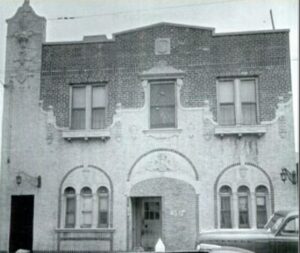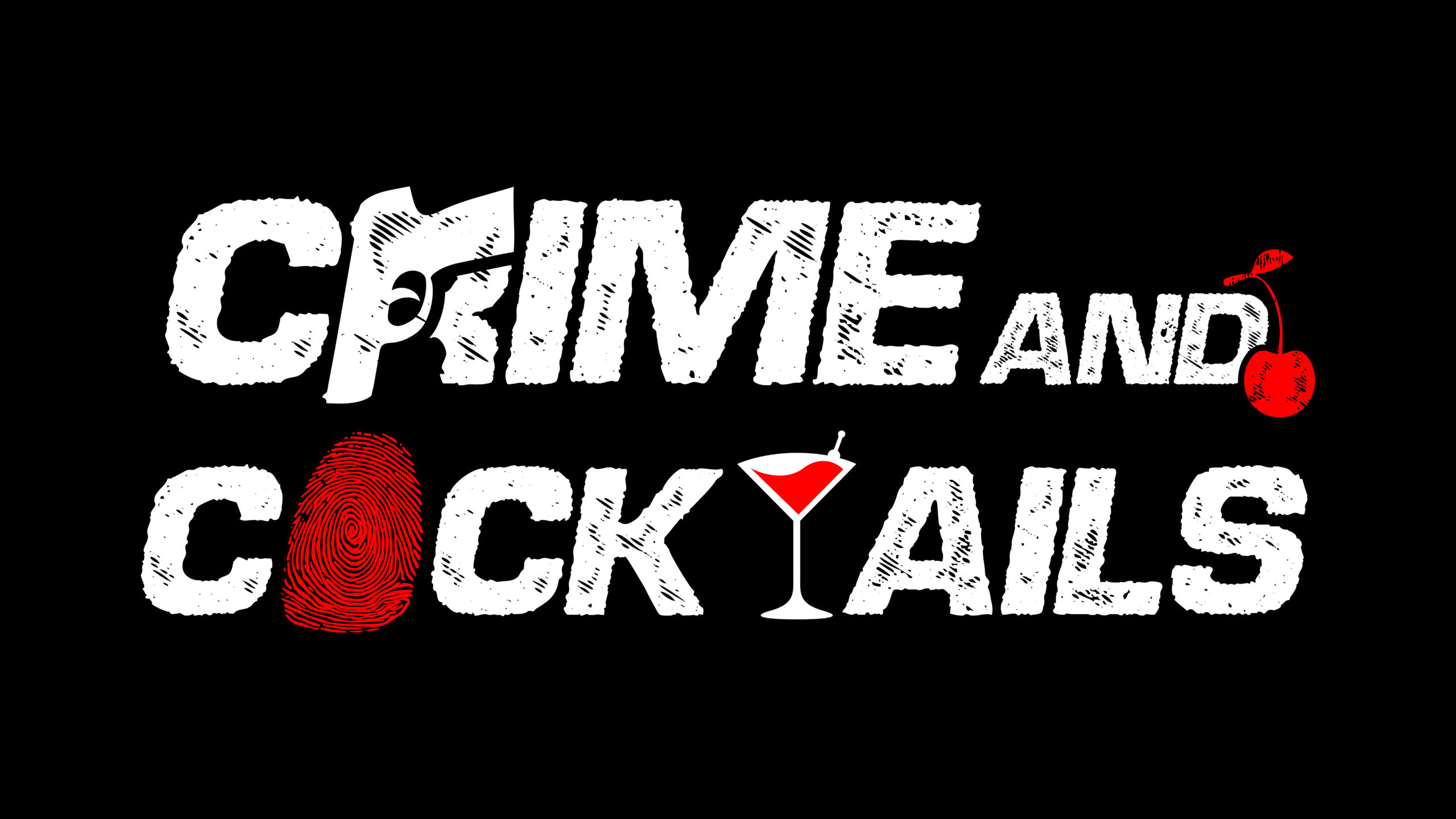So here’s how it went down, see? April 15, 1931, a sunny afternoon in Coney Island. Giuseppe “Joe the Boss” Masseria, big shot from Sicily, walks into his favorite joint, Nuova Villa Tammaro, for some cards and seafood. This guy started climbing the mob ladder soon as he hit New York in 1902. By the late ’20s, he’s the kingpin, head of the biggest Mafia family in the city. But today, his luck’s about to run out.
Joe strolls in, father of nine, all cool in his steel-armored sedan. He meets Charles “Lucky” Luciano, his right-hand man, for a nice leisurely game of cards. They’re knocking back drinks, talking shop, old-school style. But Luciano, he’s got other plans. Says he needs to hit the john, and that’s the signal. Joe doesn’t know it yet, but his number’s up.
Luciano slips out, and before Joe can even blink, four goons burst in, guns blazing. They pump four slugs into Joe’s back and one in his head. He goes down hard, cards scattered everywhere, a bloody ace of spades clenched in his fist. That photo of him with the card? They say it’s staged, but who cares? It’s a legend now.
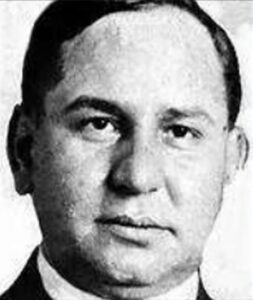
This wasn’t just any hit. It was the end of a bloody feud with Salvatore Maranzano. Joe the Boss and Maranzano had been butting heads for control, and this Castellammarese War had everyone on edge. With Joe outta the picture, the five families of New York’s Mafia were born, with Lucky Luciano stepping up to fill those big shoes.
Nuova Villa Tammaro, it was the spot, ya know? Seafood that’d make you cry, it was that good. Now it’s long gone, replaced by the Banner Smoked Fish Company. But back then, it was the place to be for guys like Joe. And on that fateful day, the joint saw more action than it ever bargained for.
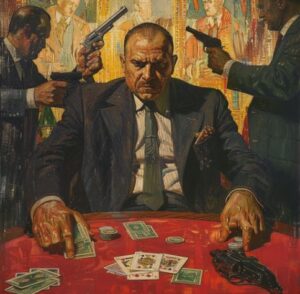
The cops showed up, found the place a mess. Mrs. Tammaro, the owner’s old lady, was bending over Joe’s body. The shooters had ditched their coats, left behind some clues, but nothing solid. Nobody got pinched for the job. It was clean, a real professional hit. They say Luciano orchestrated the whole thing with Maranzano’s blessing. Joe’s own guys had turned on him, tired of the bloodshed and his old-school ways.
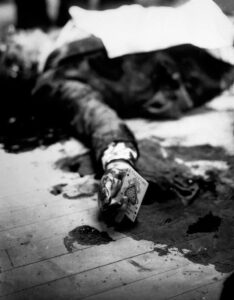
But this wasn’t just about revenge or power. It marked a turning point in the Mafia’s evolution. Joe was clinging to the old ways, while Luciano and his crew were ready to embrace change, looking to expand and modernize operations. This was the dawn of a new era, where alliances with other ethnic groups—Jews and Irish—became essential for survival in the brutal underworld of organized crime. With the Castellammarese War winding down, a new hierarchy began to take shape, one where the old guards like Joe couldn’t keep up with the ruthless ambitions of the rising stars.Fast forward to July 12, 1979. Galante’s at Joe and Mary’s Italian-American Restaurant, 205 Knickerbocker Avenue in Brooklyn, enjoyin’ lunch on the patio with Leonard Coppola and his cousin, Giuseppe Turano. They’re laughin’, eatin’, havin’ a good ol’ time, totally oblivious to what’s comin’. At 2:45 PM, three masked gunmen storm in, guns blazin’. It’s a massacre. Galante, Coppola, and Turano are gunned down in cold blood. And here’s the kicker—a photo catches Galante lyin’ there dead with that damn cigar still in his teeth. The Sicilian bodyguards? They didn’t do squat. They just stood there, watchin’ it all go down, provin’ their loyalty had flipped.
In the aftermath, Joe’s funeral was a spectacle fit for a kingpin—$15,000 for a bronze casket, friends and foes alike paying their respects, each one eyeing the other, thinking about who was next. As for Luciano, he’d learned a valuable lesson from this bloody chess game. You either adapt or you die, and he was determined to lead the charge into a new era of organized crime, one where strategy and cunning trumped brute force. Joe the Boss may have fallen, but his death carved the path for a new Mafia landscape, forever changing the game.
